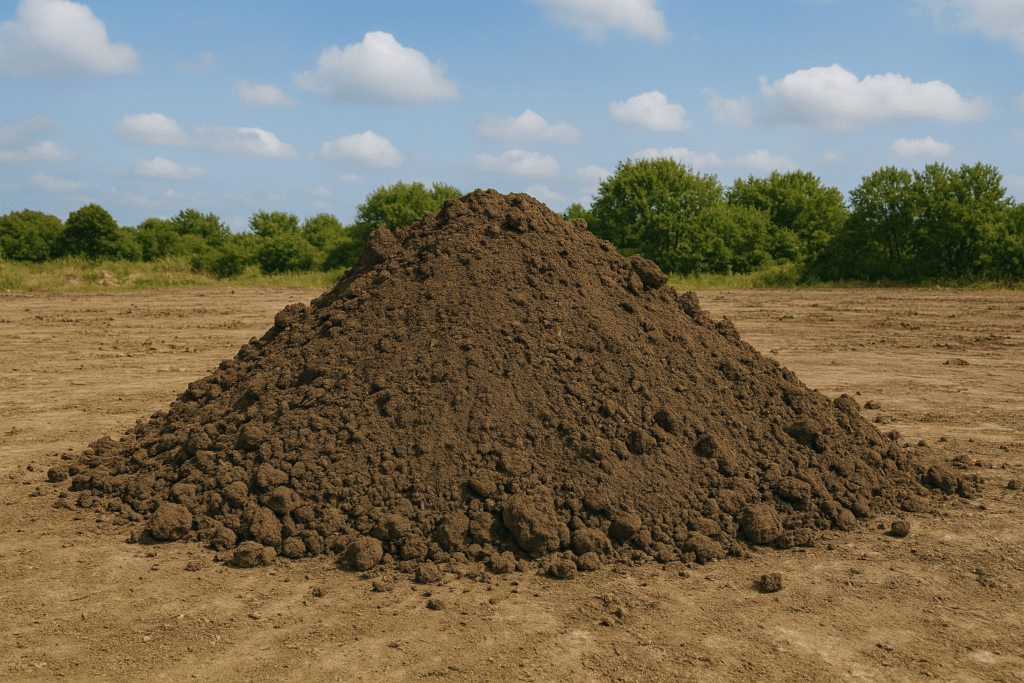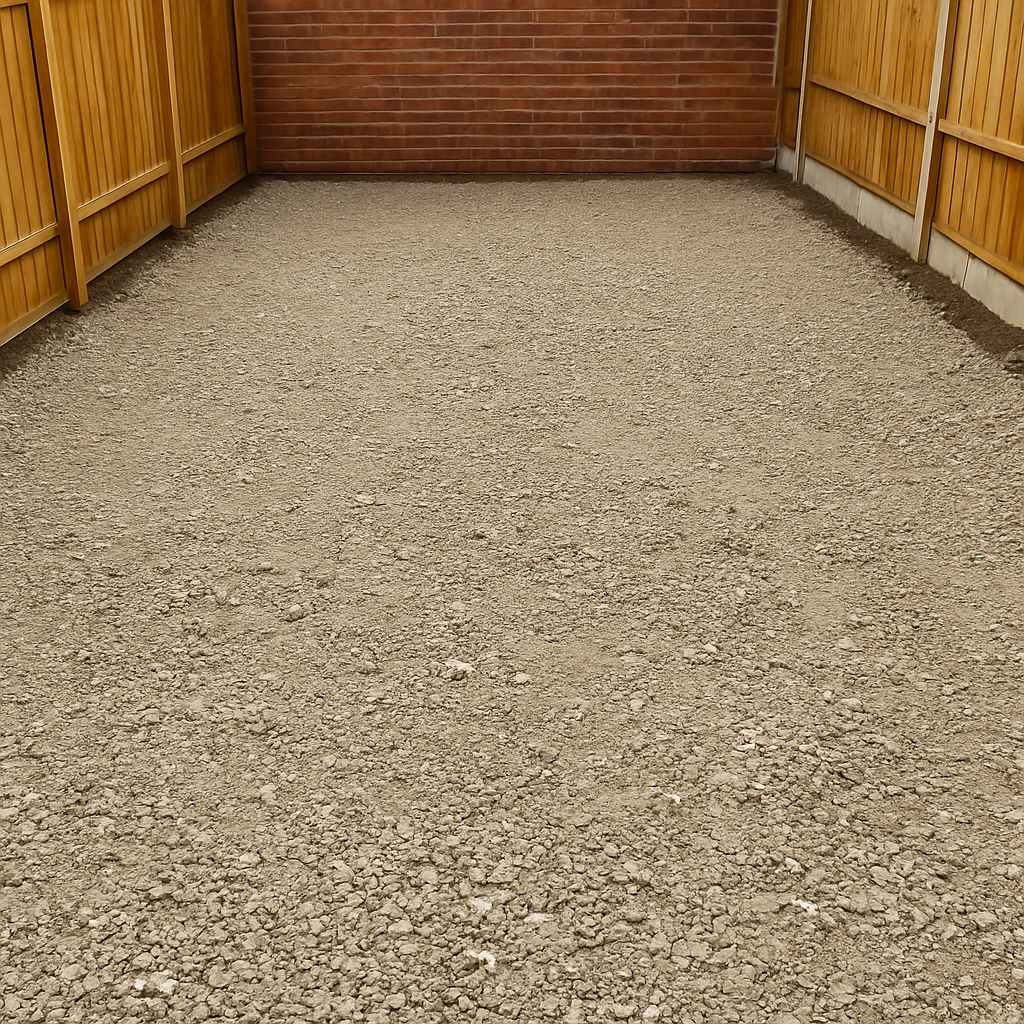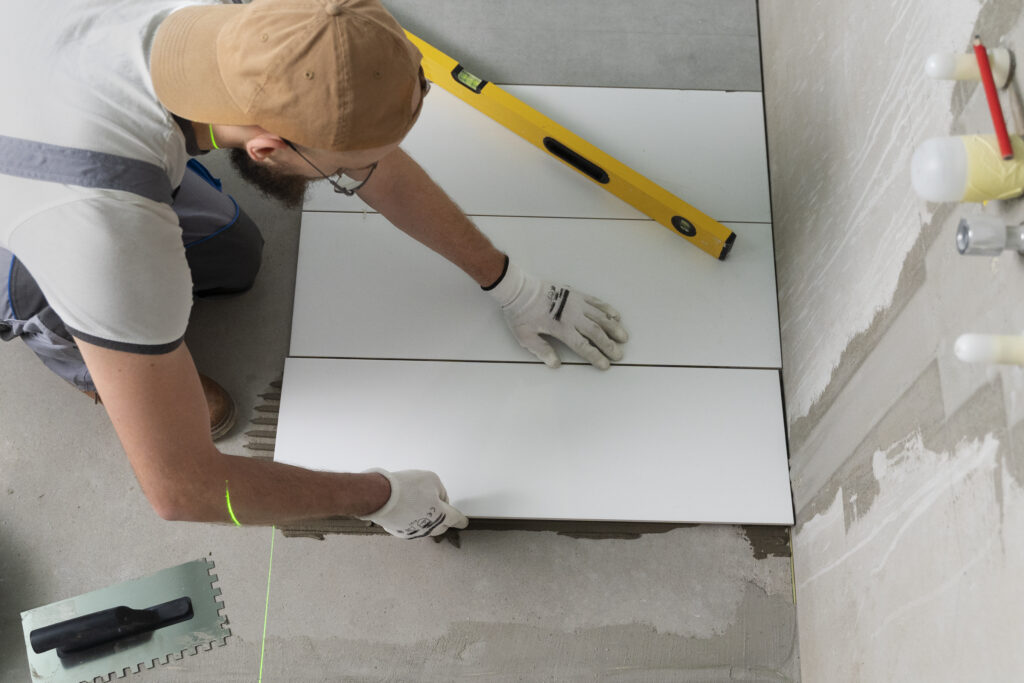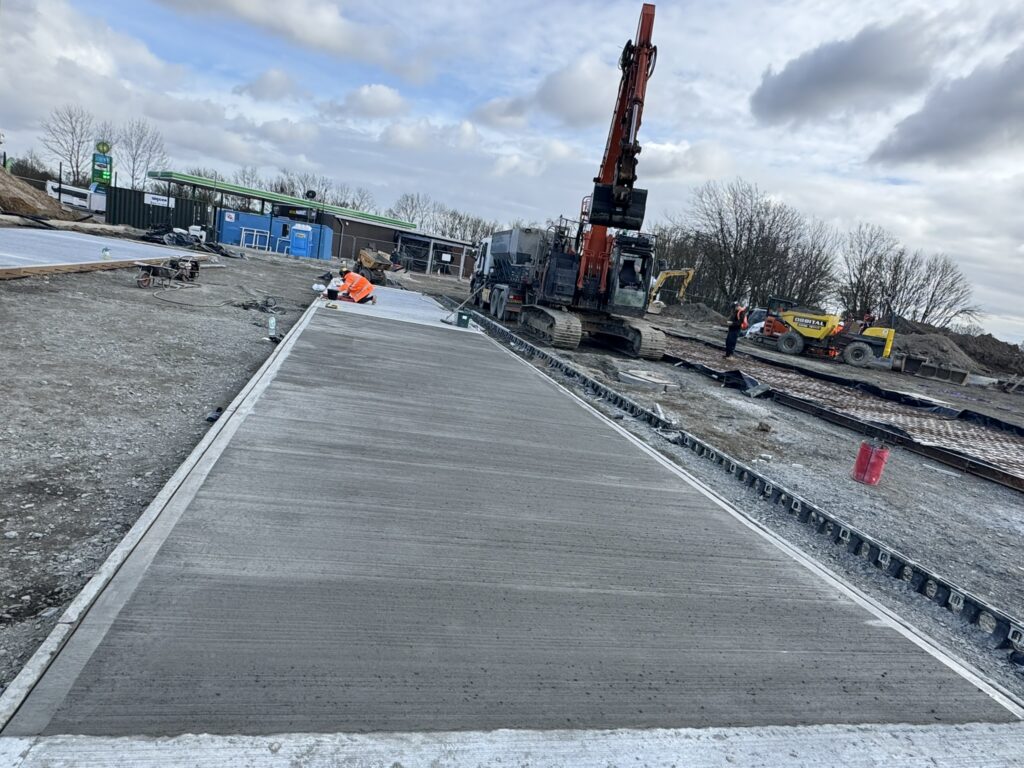
Ready mix concrete is the secret behind strong, reliable building projects—whether you’re pouring a garden slab, driveway, patio, foundation, or even building an extension. But what is Ready Mix Concrete Calculator , and why do professionals and DIYers across the UK and USA trust it for their biggest jobs? In this comprehensive guide, you’ll discover everything you need to know: what it is, the benefits, how to order, how much you need, and pro tips for perfect results every time.
🧱 What is Ready Mix Concrete?
Ready mix concrete is a pre-blended concrete delivered to your site by mixer truck. Unlike site-mixed concrete (where you mix sand, cement, and aggregate yourself), ready mix is batched at a specialist plant to precise proportions. All you do is specify the strength, amount, and delivery time—making your project quicker, cleaner, and more reliable.
Why choose ready mix?
- 🚚 Convenience: No on-site mixing, mess, or waste.
- 🎯 Consistency: Professionally measured—same strength in every batch.
- ⏱️ Speed: Pour and go—no waiting for each small batch.
- 👷 Quality: Meets British and American standards for structural work.
- ♻️ Less waste: Only order what you need.
🔍 Most Common Ready Mix Concrete Uses
| 🏗️ Project Type | ✅ Ready Mix Concrete Benefit |
|---|---|
| Driveways & Paths | Smooth finish, fast setting |
| Patios & Slabs | Uniform strength, easy pouring |
| Foundations | High strength, reliable quality |
| Garage Floors | Durable and crack resistant |
| Extensions & Outbuildings | Custom strengths, consistent supply |
| Footings & Bases | Meets building regulations |
| Steps & Ramps | Precise amount, easy shaping |
📏 How Much Ready Mix Concrete Do I Need? Check out Ready Mix Concrete Calculator !
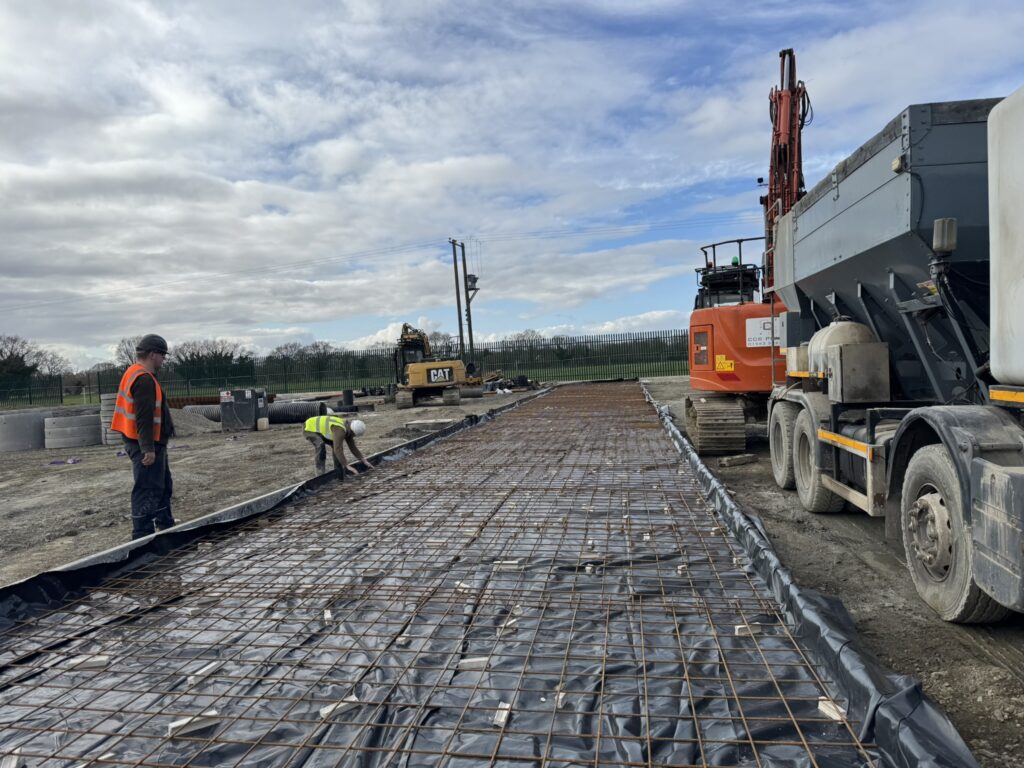
The most common mistake is under- or over-ordering! To get the right amount, measure your project in metres (UK) or feet (USA):
- Measure the length, width, and depth (in metres or feet).
- Multiply: Length x Width x Depth = Volume.
- Example: Driveway 5m x 3m x 0.15m = 2.25m³
- Always add 5–10% extra for spillage, uneven bases, or mistakes.
🧮 No calculator needed? Use the free Ready Mix Concrete Calculator
Other handy tools for outdoor projects:
⚖️ Selecting the Right Mix Type
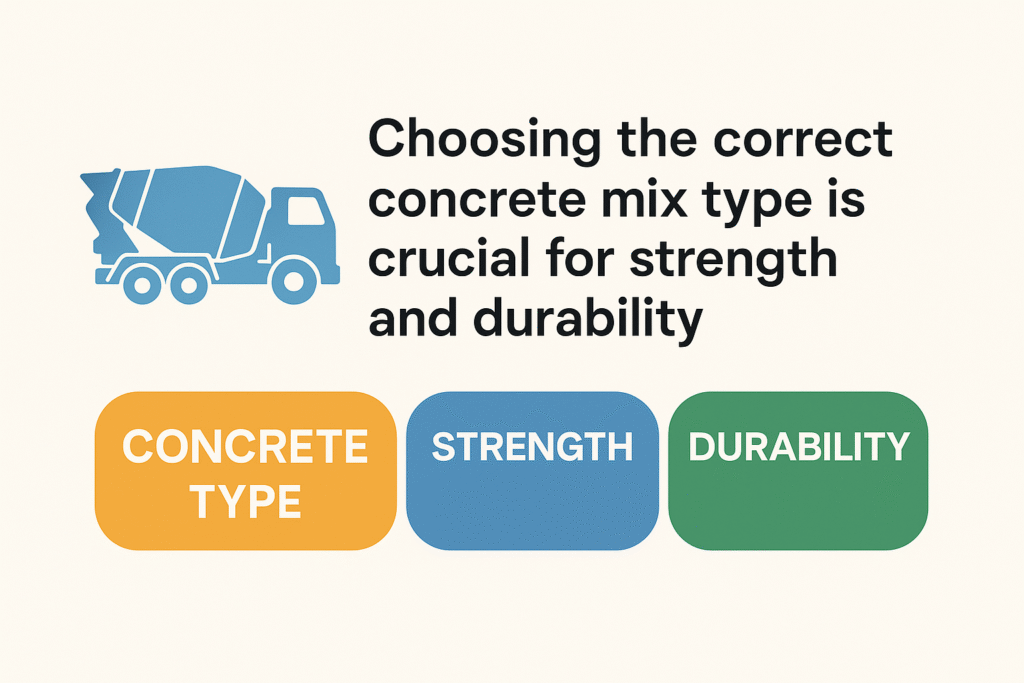
Choosing the correct concrete mix type is crucial for strength and durability:
| 🔢 Mix Type | 💪 Typical Strength (N/mm²) | 🏗️ Best For |
|---|---|---|
| C15 / Gen 2 | 15 | Blinding, kerb bedding, pads |
| C20 / Gen 3 | 20 | Paths, domestic slabs, shed bases |
| C25 / ST2 | 25 | Driveways, garage bases, footings |
| C30 / ST3 | 30 | Heavy-duty slabs, foundations |
| C35 / ST4+ | 35+ | Structural work, industrial floors |
Tip: If in doubt, ask your supplier or building inspector for the best mix for your project!
💷 Comparing Ready Mix Concrete Costs
Prices for ready mix concrete vary by region, supplier, and quantity—but here are the main factors:
- Delivery distance and site access
- Volume ordered (larger orders may cost less per m³)
- Mix type and strength (stronger mixes are pricier)
- Additives or special features (fibres, waterproofing, retarder, etc.)
How to get the best deal:
- Get quotes from at least 2–3 local suppliers.
- Be clear about your location, access, and project size.
- Use our Ready Mix Concrete Calculator to avoid costly over-ordering.
For typical UK projects, expect £90–£130/m³. In the USA, prices range $120–$180 per cubic yard. Always check current rates with suppliers!
📝 How to Order Ready Mix Concrete
- Work out your volume. (See above or use our calculator)
- Choose the right mix strength.
- C20/C25 for general slabs & driveways; C30+ for heavy loads; ask supplier for advice.
- Book a delivery slot. Allow for time to spread and finish the concrete.
- Prep the site. Ensure access for the mixer truck and a clear area for pouring.
- Order extra if needed. It’s better to have a little left over than come up short!
🧰 Essential Tools & Materials
- Wheelbarrow or concrete pump (for moving concrete)
- Shovel & rake
- Float/trowel for finishing
- Screed board or straightedge
- Damp-proof membrane (for floors)
- Timber for edge formwork
- PPE: gloves, boots, safety specs
🧑🔧 Pro Tips for a Perfect Ready Mix Pour
- Wet the area before pouring on hot days to slow drying.
- Work in small sections—level, tamp, and smooth as you go.
- For slabs, add a slight slope (1:80) for drainage.
- Use a curing compound or cover slab with plastic to avoid cracks.
- Clean all tools immediately after use.
⚠️ Common Mistakes With Ready Mix Concrete
- Underestimating volume needed (measure twice!)
- Waiting too long to finish surface—work fast!
- Not prepping the base or forms properly
- Ignoring weather—extreme heat or rain impacts finish
- Forgetting to order the correct mix strength for your job
🙋♂️ FAQs: Ready Mix Concrete
Q: Is ready mix more expensive than mixing myself?
A: Upfront cost can be higher, but you save time, labour, and avoid waste—so it often works out cheaper overall.
Q: How long does ready mix concrete take to set?
A: It begins to harden after 2 hours, walkable in 24 hours, and reaches full strength in 28 days.
Q: Can I change my order last minute?
A: Most suppliers allow changes up to a day before delivery. Check with your supplier for their policy.
Q: What if the truck can’t reach my site?
A: Use wheelbarrows, a pump, or ask about smaller “mini mix” trucks.
🔗 Related Calculators & Tools
- Ready Mix Concrete Calculator
DIY Concrete Mix Calculator- Paving Bed Calculator
- Sub Base Material Calculator
- Excavation Volume Calculator
For a deeper understanding of concrete mix standards and best practices, check out the official British Ready-Mixed Concrete Association’s technical resources. They offer up-to-date guides and specifications that can help both homeowners and contractors ensure every pour meets UK building regulations. If you’re in the USA, you might also find the National Ready Mixed Concrete Association’s site a great source of information on mix types, sustainability, and concrete care.

